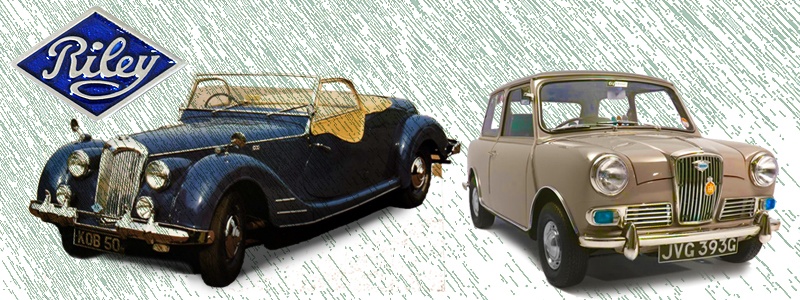Riley started out as a family concern, for many
years working as master weavers. With a downturn
in trade to both Germany and Austria William
Riley, who had inherited the business from his
father, decided he needed to diversify, and so
in 1890 he acquired the Bonnick Cycle Company.
Against Riley’s wishes, his five sons would
experiment with engines, and in 1899 the company
had manufactured their first powered tricycle.
In 1902 brothers Victor, Allan and Percy (the
designer) would start the Riley Engine Company,
manufacturing engines for both their fathers
products, and others such as Singer. They would
patent the mechanically operated inlet valve,
and in 1907 the detachable road wheel. This latter
invention would have almost universal appeal
to the burgeoning worldwide automotive industry,
with 183 manufacturers taking up patent rights
so they could use the detachable wheels on their
iterations.
Naturally enough the decision was
made to concentrate on wheel manufacture, and
in 1911 bicycle manufacture was discontinued.
Enlisting the help of Harry Rush as designer,
Riley would release their first aptly named “Light
Car” in 1919, but the cost of bringing
the car to market proved too great, and the company
went into receivership. Lord Nuffield would come
to the rescue, buying the company privately before
later selling it to his own Morris conglomerate.
In 1926 Riley took the wraps off its prototype “Riley
9”, the “Monaco” version arguably
the first small car to feature fully enclosed
saloon bodywork.
The 9 used a completely new
engine featuring overhead valves, and they would
soon find success on the track – extremely
popular for the time, approximately 6000 would
be sold between 1926 and 1929. After the war
Riley was only ever a shadow of its former self,
the 1953 Pathfinder being the last to use a Riley
engine. In 1961 a Riley version of the Mini was
launched – afforded a better standard of
trim it was obvious that by now the company lived
on by name alone. But even that was short lived,
with British Leyland pulling the plug on the
name entirely in 1969.
Also see: The History of Riley
|
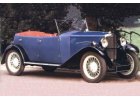 |
|
1926 - 1938
The Riley Nine was the most popular of the pre-war Riley’s
ever made, and with good reason. Enjoying a long production
run lasting from 1926 to 1938, the Nine would undergo
various mechanical and body style changes along the way,
under the direction of two of William Riley’s five
sons, Percy and Stanley. The mechanics, particularly
the engine, were handled by the older Percy, while Stanley
was responsible for the chassis, suspension and body. More >> |
 |
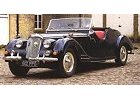 |
|
1945 - 1954
These Riley RM's were at once liked for their graceful and flowing lines, well appointed and comfortable intereiors, brisk performance and good road manners - all of which impressed the motoring journalists and road testers of the time. More >> |
 |
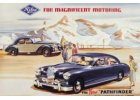 |
|
1953 - 1957
Powering the Pathfinder was Riley's 110 hp (82 kW) 2.5 Litre 2443 cc twin-cam, straight-4 engine fitted with twin SU carburetors, an engine that had been designed way back in 1926. Performance was excellent, the Pathfinder capable of a top speed of nearly 100mph, making it very popular with British police constabularies. More >> |
 |
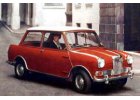 |
 |
1961 - 1969
The Riley Elf and Wolsley Hornet were upmarket versions of
Sir Alexander Issigonis masterpiece, the Mini. The distinctive grille was the standout feature, while the tail received its own makeover, which included extending the length so that the car looked much more like a typical saloon. More >> |
|
